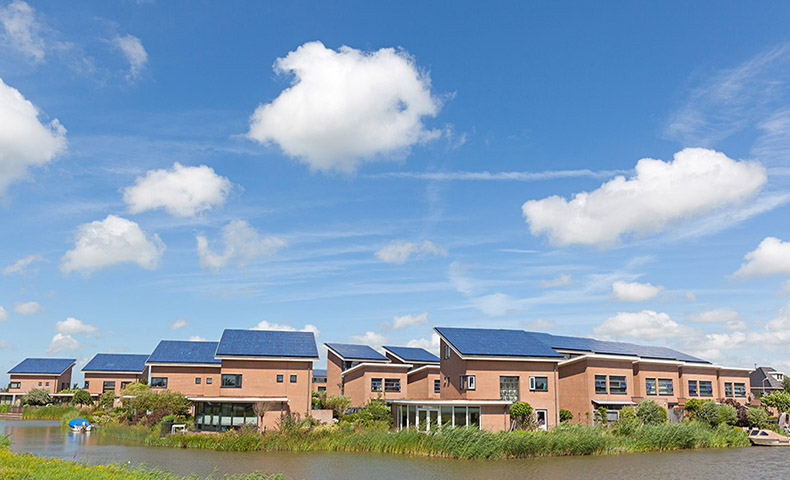
Climate change is being felt increasingly as the planet grows more polluted. News reports make clear that global warming is here and is affecting our environment in disturbing ways. Average nighttime temperatures have jumped, spring runoff from the Sacramento River has decreased, more wildfires are blazing and glaciers are contracting in the Sierra Nevadas. All these are the results of climate change happening in California, according to a new report released by the state's Environmental Protection Agency. Details of the report are alarming, but the state is not taking the news lightly. California continues to lead the fight against man-made climate change by imposing new measures to cut harmful greenhouse gases.
"The extreme weather events of the last several years are not isolated incidents," Matthew Rodriquez, secretary of the California EPA said in the report. "They are suggestive of the significant and increasingly discernible impacts of climate change in California. The most dramatic impacts include wildfires that are larger and more frequent and the most severe drought since record-keeping began."
One of the more disturbing findings, the scientists note, is the increase in the average nighttime temperatures, which have grown by 2.3 degrees over the past hundred years.
Other findings in the report include:
• An increase in extreme heatwaves and related droughts since 1950
• A ten percent decrease in snowpack since 1906.
• The Sierra Nevada's largest glaciers shriveled by nearly 70 percent.
• Lake Tahoe warmed by one degree since 1970 and has warmed ten times quicker over the past four years.
• The mean sea level in San Francisco has risen seven inches since 1924.
• Oxygen depletion has also been found in the water off San Diego.
• The five largest fire years since 1950 have all been since 2006.
Despite the long list of dire results presented in the report, the state has had some success in attempts to slow climate change by reducing harmful emissions, Rodriguez said.
"Our state’s pioneering efforts to curb emissions of greenhouse gases are working," he said. "Concentrations of the short-lived climate pollutant black carbon have dropped by more than 90 percent over the last fifty years."
Rodriguez also reported that California is on course to meet a target of decreasing greenhouse gas emissions to 1990 levels by 2020 and is well on the way to meeting the additional reduction of emissions by a further 40 percent below 1990 levels by 2030, as laid out in the state's 2017 Climate Change Scoping Plan.
The unanimous vote by the California Energy Commission to mandate solar panels on new homes is a major way the state may be able to meet the goal of achieving zero net energy, said state Sen. Scott Wiener (D-San Francisco) in a statement.
"By adopting this policy we can expand solar power throughout California, which is more crucial than ever as Donald Trump and the Federal Administration try to reverse all the progress we have made to combat climate change," Wiener said. "Once again, California is showing its leadership in our fight for a 100 percent renewable energy future."
Solar power is here to stay, and the sooner you explore how much you can save, the sooner you can enjoy the benefits of residential solar power. Please visit our solar blog to find out more about the benefits of going solar.
HahaSmart Blog - More Solar Tips and Guide
HahaSmart News - Stay Informed
Your Solar Incentives - See Credits and Incentives in Your Area
Check Your Home's Solar Price - See How Much You Save
Register Now - Unlock The Lowest Solar Prices in Your Area


Input your address to see if it is solar friendly and how much you can save with solar.
Great. Your address is perfect for solar. Solar incentive is still available. Select monthly utility cost and calculate the size of solar system you will need now.
| kw System size | years Payback period | Lifetime savings |
No money down, 100% finance is available.
|
|
Looking for solar panels? Sign up now and we will find them for you. |
Comments